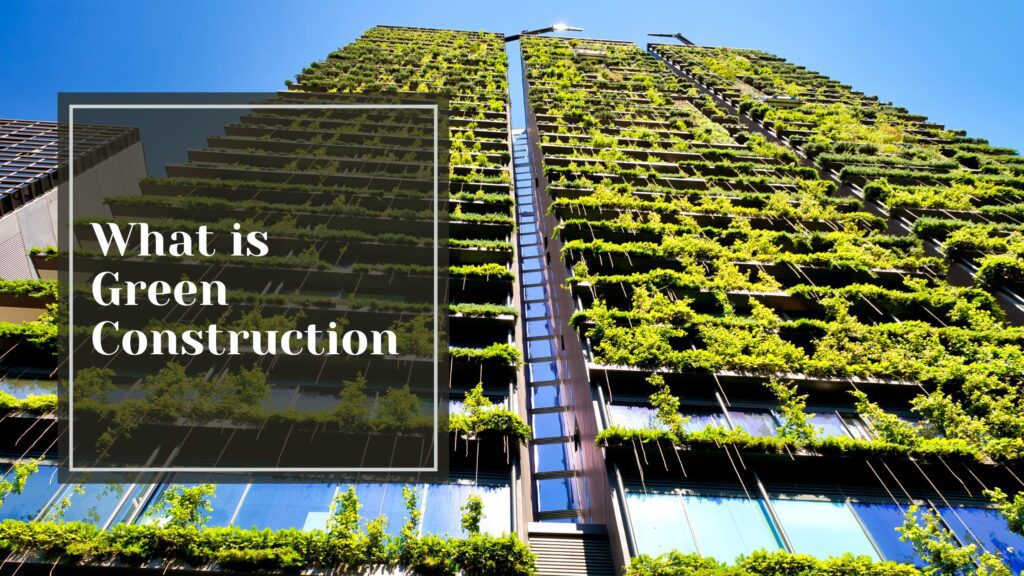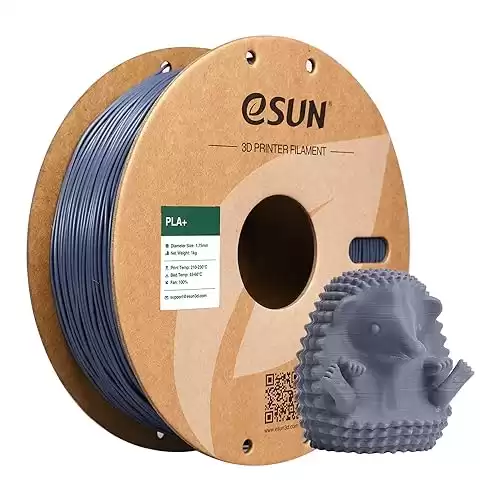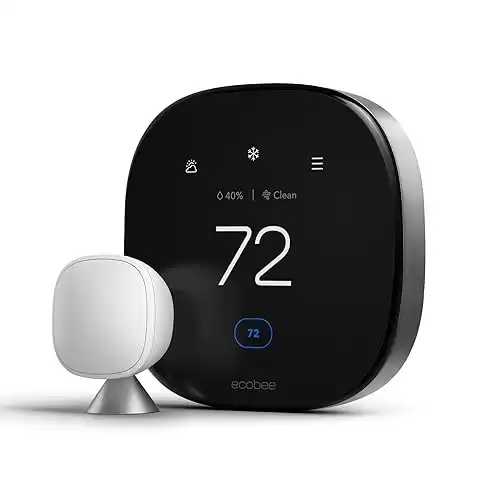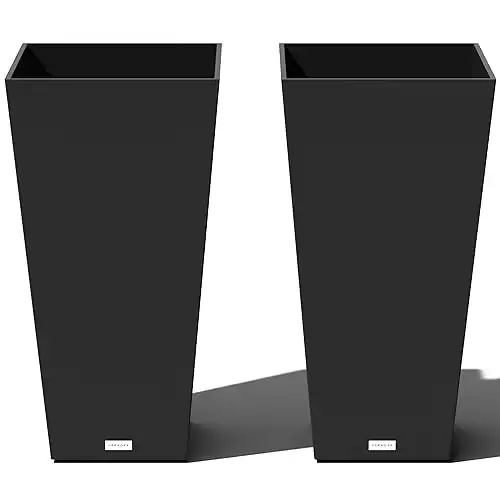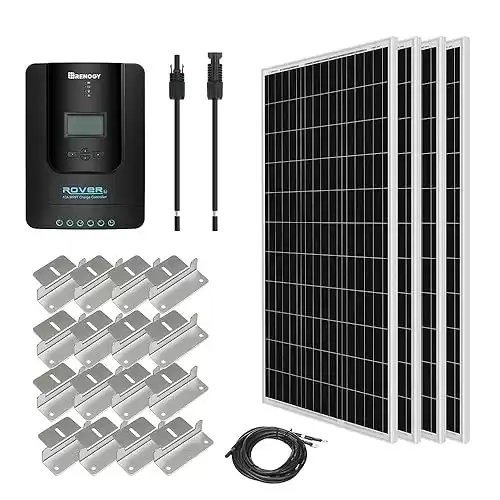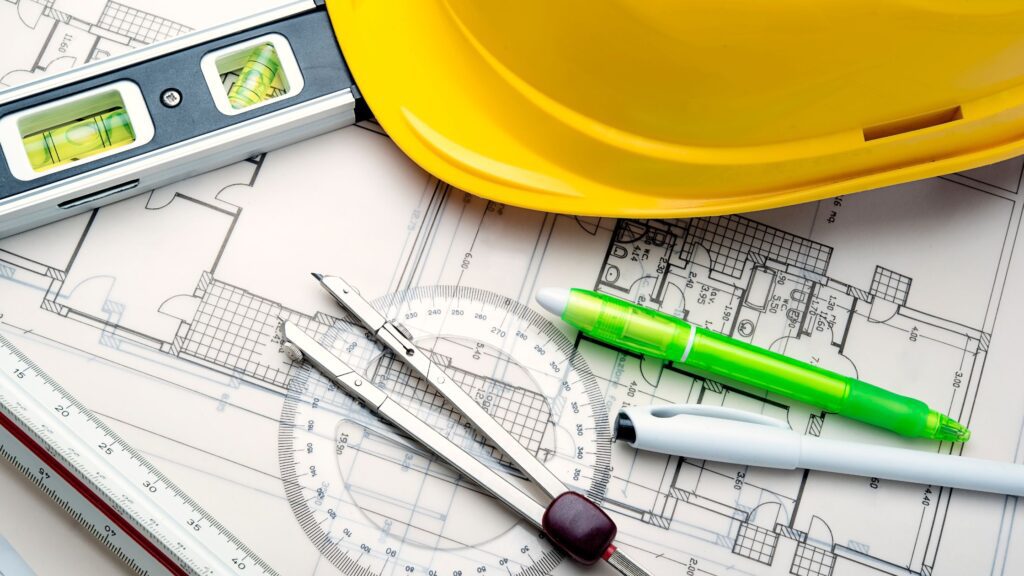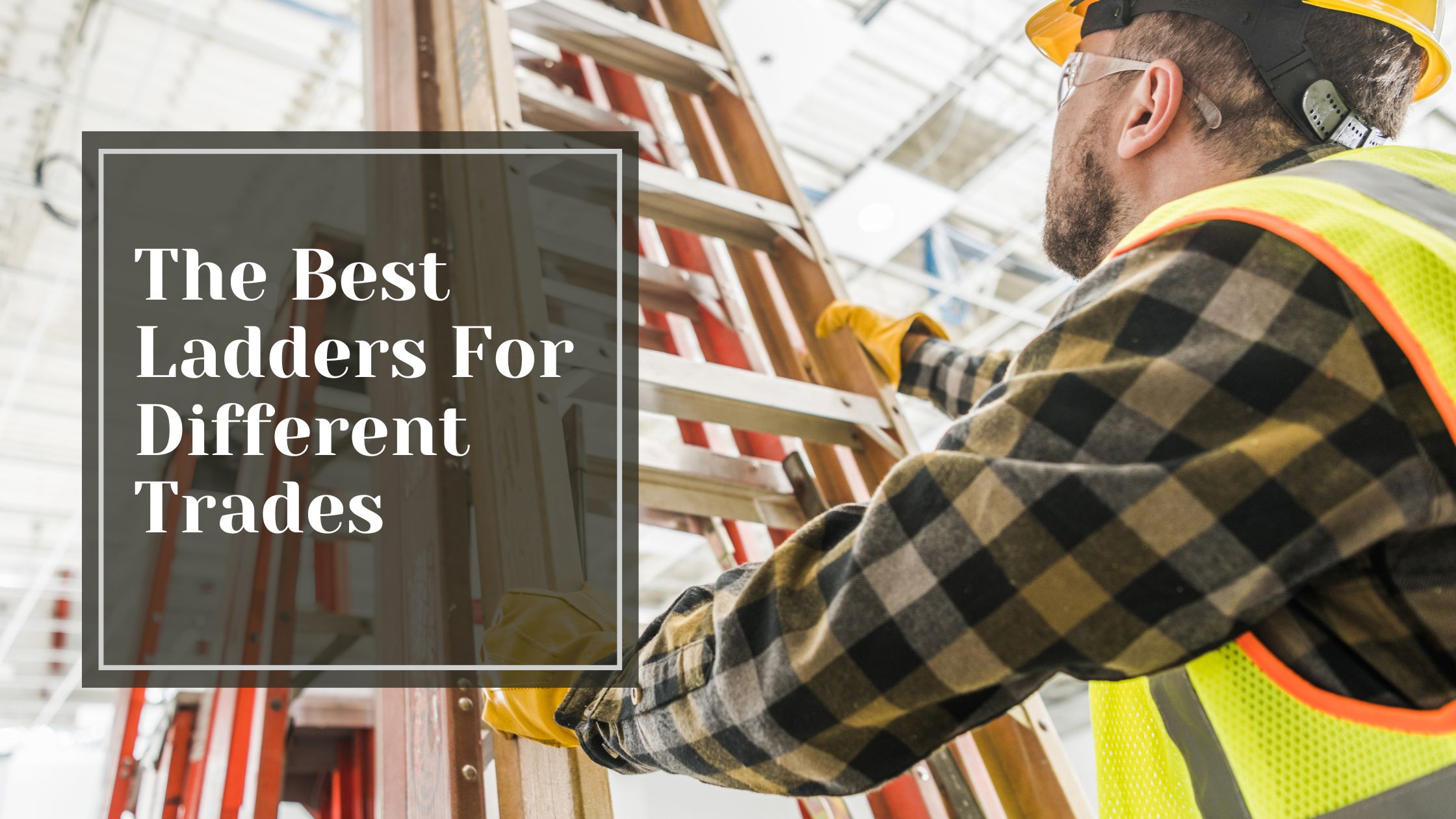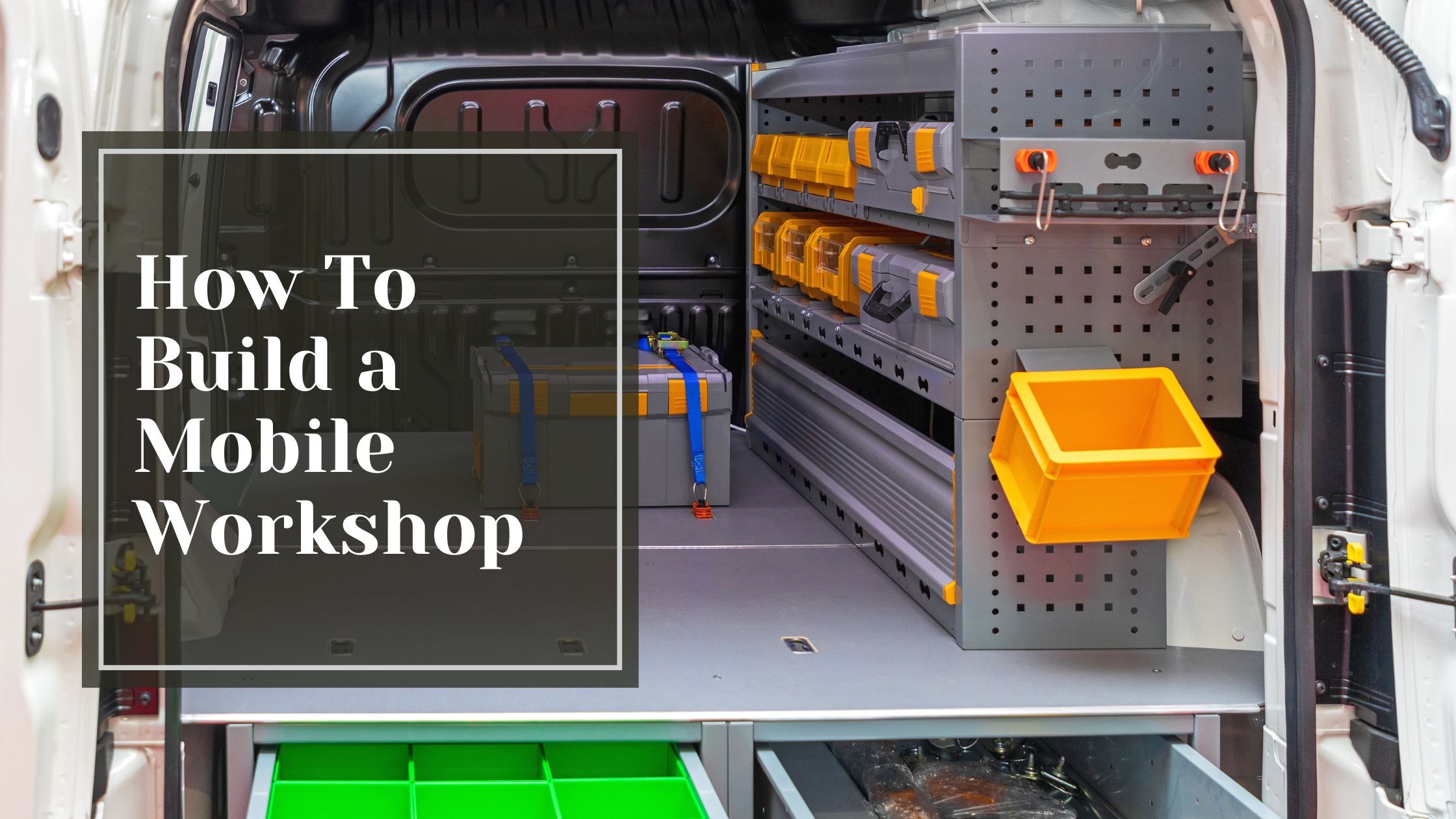As the world continues to combat the effects of climate change, the construction industry is undergoing a transformative shift towards sustainability. With a growing emphasis on reducing carbon footprints and enhancing energy efficiency, green construction has become more than just a trend. In 2024, the green construction industry is witnessing remarkable innovations that show promise in revolutionizing the way we build. Let’s explore some of the latest advancements driving this movement!
Table of Contents
ToggleCarbon-Negative Materials
Traditional construction materials such as concrete and steel are notorious for their high carbon emissions during production. However, researchers and engineers have made major gains in the development of carbon-negative materials. These innovative materials not only have a lower carbon footprint but actually absorb more carbon dioxide from the atmosphere than they emit during their lifecycle. One promising example is carbon-negative concrete, which incorporates recycled materials and utilizes carbon capture technology during production.
This concrete countertop slurry mix is designed for filling pinholes and finishing concrete surfaces. While not explicitly carbon-negative, using such products in combination with eco-friendly construction techniques can contribute to a greener building process. Ideal for sustainable projects seeking durable and high-quality finishes.
3D Printing for Sustainable Structures
Advancements in 3D printing technology have opened up new possibilities for sustainable construction. Architects and engineers are using the power of 3D printing to create eco-friendly structures with minimal waste. By using bio-based or recycled materials as printing substrates, such as hempcrete or recycled plastic, 3D printing enables the precise construction of complex shapes while reducing material usage and construction time. This approach not only minimizes environmental impact but also offers cost savings compared to traditional construction methods.
The eSUN PLA+ Filament 1.75mm, Grey is perfect for sustainable construction projects. This eco-friendly, biodegradable filament offers high dimensional accuracy (+/- 0.03mm) and superior print quality, making it ideal for creating complex, precise structures with minimal waste. Use this PLA+ filament to enhance your green construction initiatives by incorporating renewable materials and reducing environmental impact.
Smart Building Systems
In the era of the Internet of things (IoT), smart building systems pioneer both energy optimization and comfort enhancement. Green construction projects are incorporating advanced IoT sensors, data analytics, and automation tech to monitor and control building operations in real-time. From intelligent lighting and HVAC to dynamic shading and renewable energy integration, these smart building solutions enable proactive energy management and resource conservation, reducing both operating costs and environmental impacts.
The ecobee New Smart Thermostat Premium integrates IoT for optimal energy management in smart buildings. Featuring a smart sensor and air quality monitor, it adjusts settings based on occupancy and air quality. Compatible with Siri, Alexa, and Google Assistant, this thermostat enhances comfort and reduces energy costs, perfect for sustainable construction projects.
Biophilic Design Principles
Biophilic design, which seeks to incorporate elements of nature into the built environment, is gaining traction as a key strategy for promoting sustainability and well-being in buildings. In 2024, architects and designers are embracing biophilic principles to create healthier and more harmonious spaces that reconnect occupants with the natural world. Green roofs and living walls not only improve air quality and thermal performance but also provide aesthetic value and habitat for biodiversity. Additionally, interior elements such as natural light, views of greenery, and organic materials contribute to a sense of biophilia and enhance the overall human experience within buildings.
Enhance biophilic design with Veradek V-Resin 30" Planters, perfect for adding greenery indoors or outdoors.
Zero-Energy and Passive House Standards
The concept behind zero-energy is creating structures which produce as much energy as they consume over the course of a year. This is becoming increasingly possible due to recent advancements in renewable tech and building envelope design. In 2024, zero-energy buildings are no longer a distant dream but a tangible reality thanks to innovations in solar photovoltaics, energy storage, and energy-efficient construction techniques. Additionally, Passive House standards are becoming more widely adopted around the world. These prioritize airtightness, insulation, and passive heating and cooling helping to minimize energy demand and maximize comfort in buildings everywhere.
Renogy 400W Solar Starter Kit with 4x100W panels and 40A MPPT charge controller, ideal for zero-energy RV, marine, and off-grid projects.
Building Tomorrow, Today
Green construction is at the forefront of innovation, driving positive change towards more sustainable and resilient building practices. In 2024, advancements in carbon-negative materials, 3D printing, and more are reshaping the way we design, construct, and inhabit buildings. As we continue to confront the challenges of climate change and resource scarcity, these innovations offer hope for a future where construction can have a sustainable carbon footprint – fostering healthier, more inspiring spaces for generations to come.
Frequently Asked Questions
What Is Green Construction?
Green construction refers to building practices that focus on sustainability, energy efficiency, and reducing carbon footprints. This involves using eco-friendly materials, minimizing waste, and integrating renewable energy sources.
How Does Green Construction Reduce Carbon Emissions?
Green construction reduces carbon emissions by using carbon-negative materials, implementing energy-efficient designs, and utilizing renewable energy sources. These practices lower the overall environmental impact of buildings.
What Are Some Examples Of Green Construction Materials?
Examples of green construction materials include carbon-negative concrete, recycled plastics, hempcrete, and other bio-based materials. These materials are designed to be sustainable and have a lower carbon footprint than traditional materials.
How Does 3D Printing Contribute To Green Construction?
3D printing contributes to green construction by using eco-friendly materials and reducing waste. It allows for precise construction, which minimizes material usage and construction time, ultimately leading to more sustainable building practices.
What Are The Benefits Of Smart Building Systems In Green Construction?
Smart building systems enhance green construction by optimizing energy use and improving comfort. They use IoT sensors and data analytics to monitor and control building operations, leading to energy conservation and reduced environmental impact.

